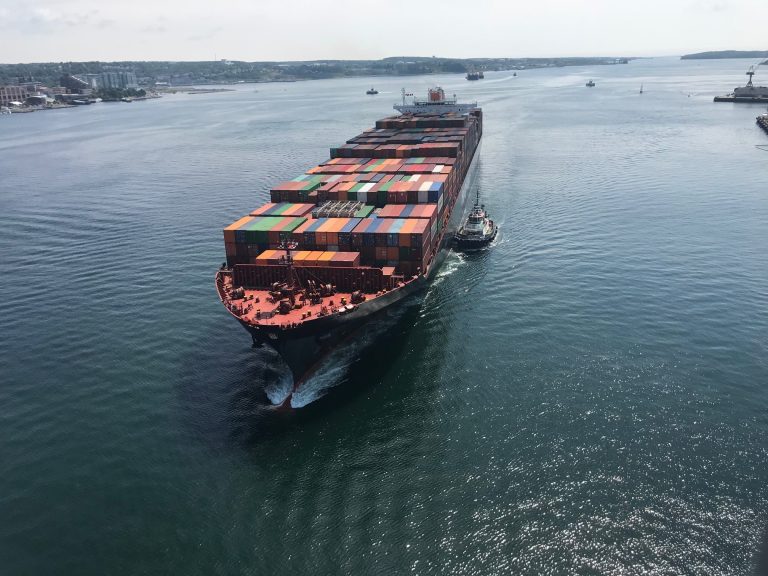
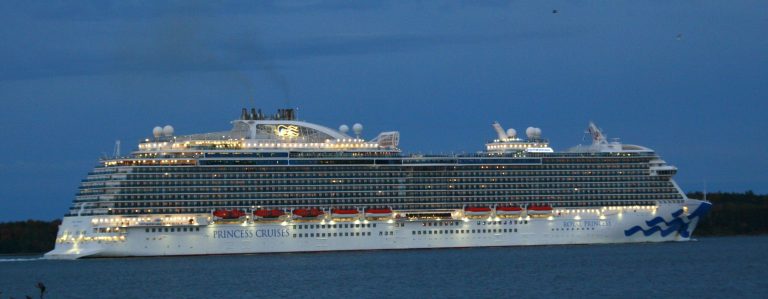
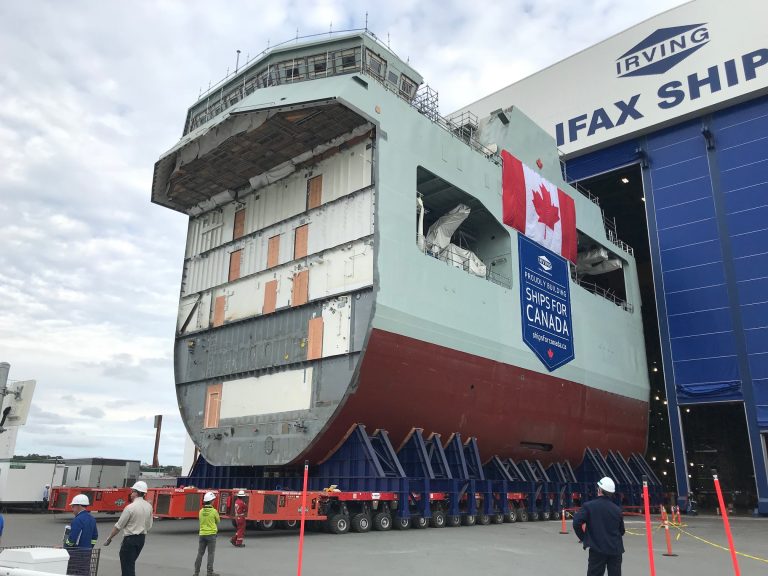
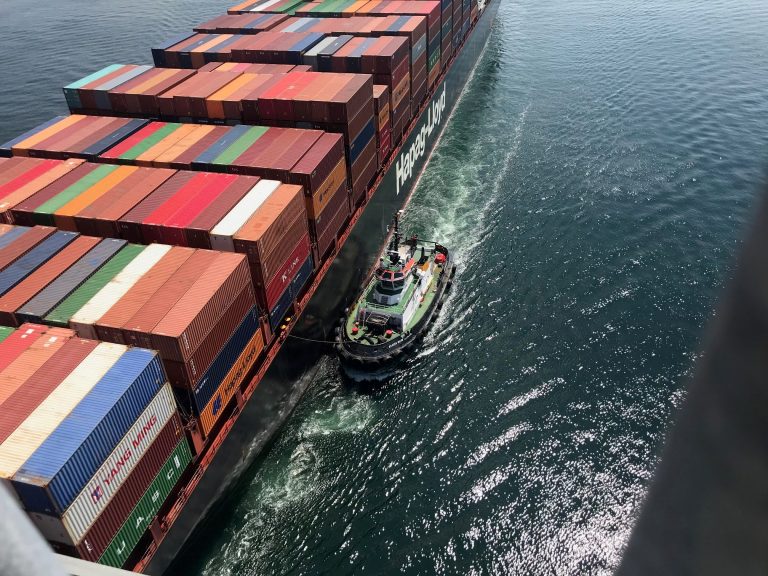
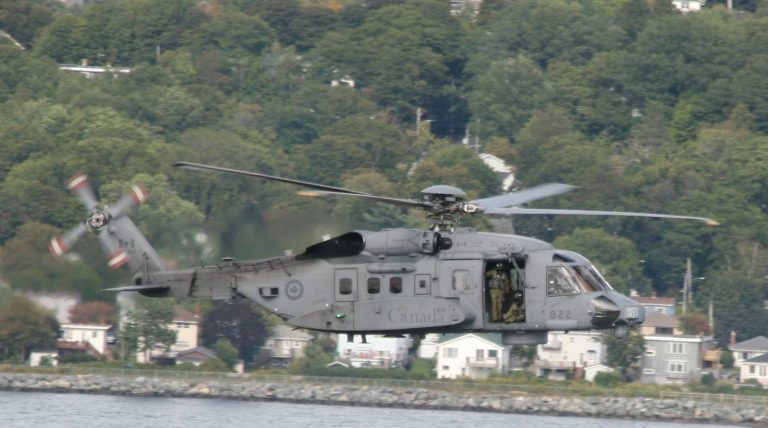
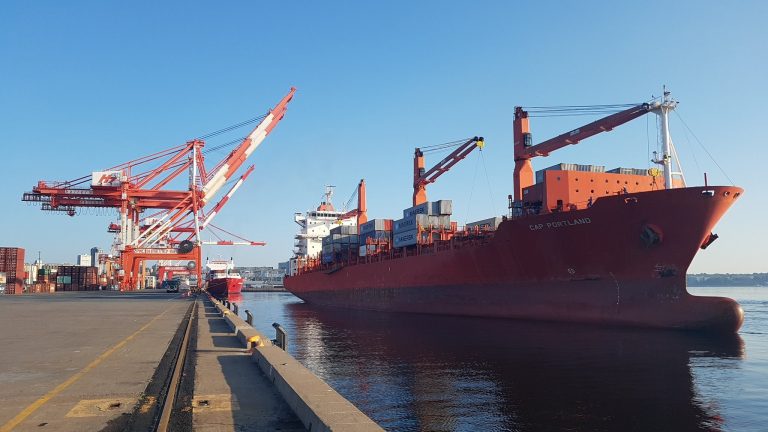
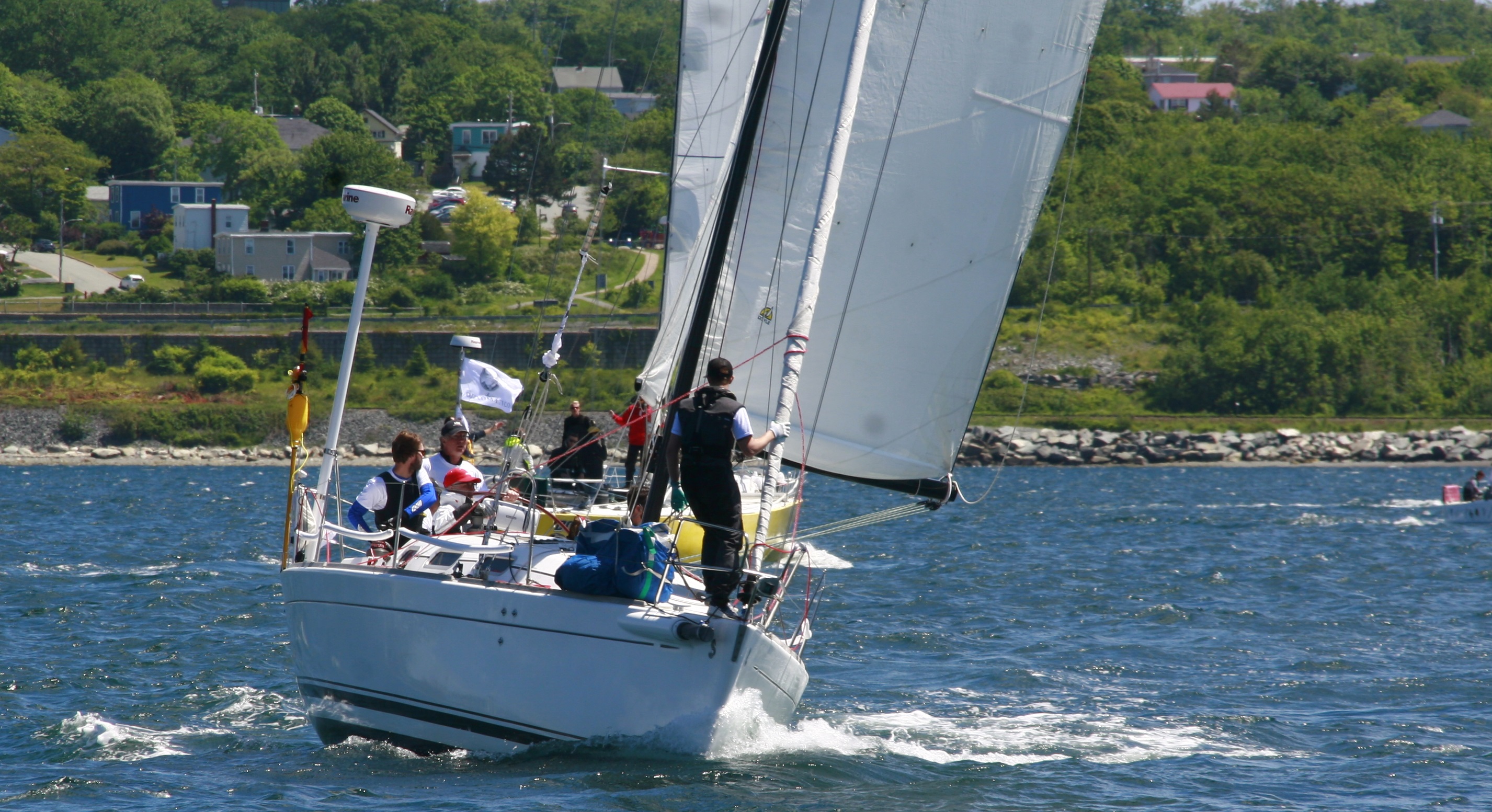

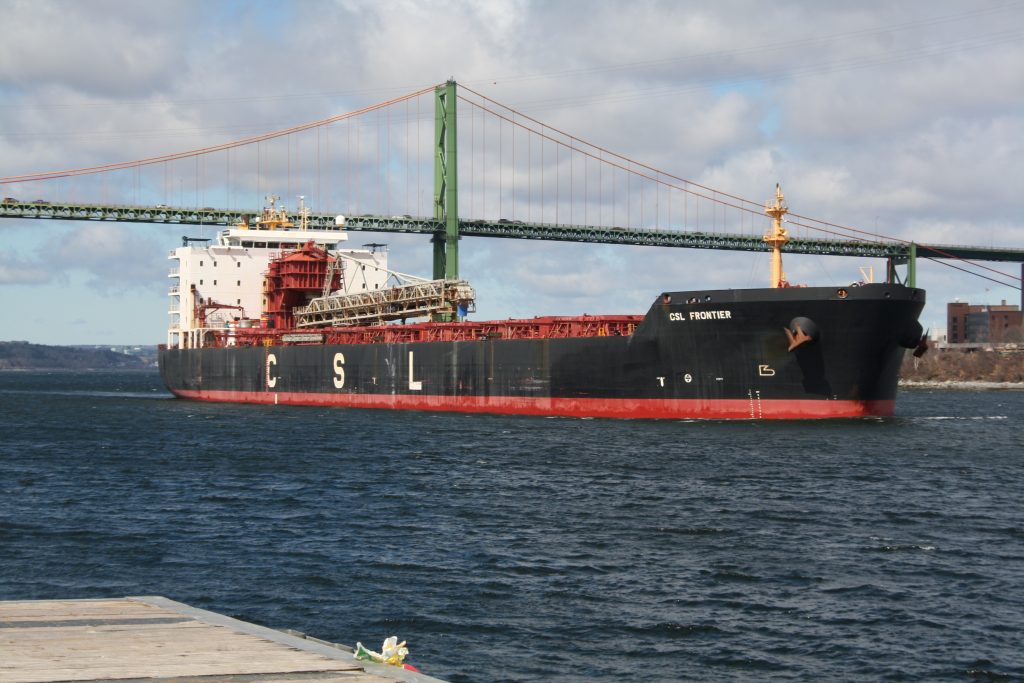
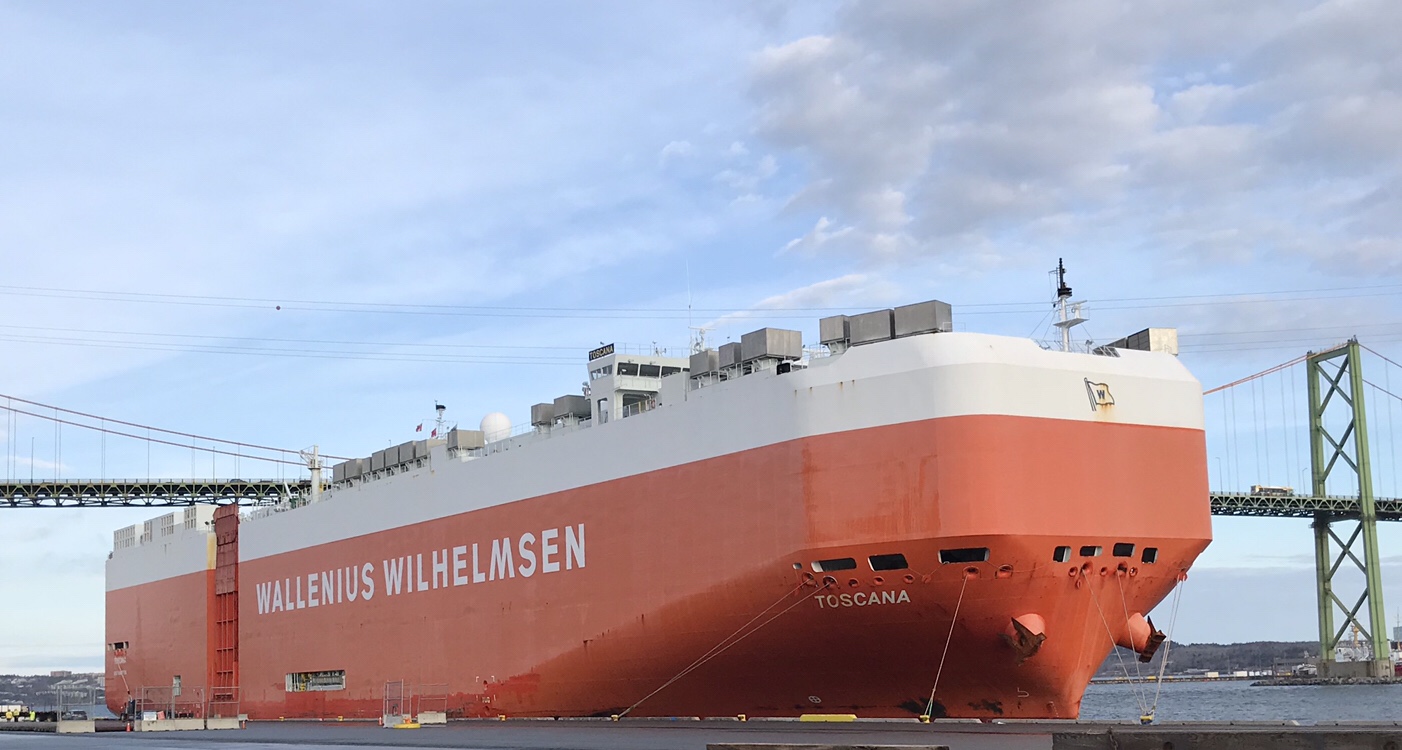











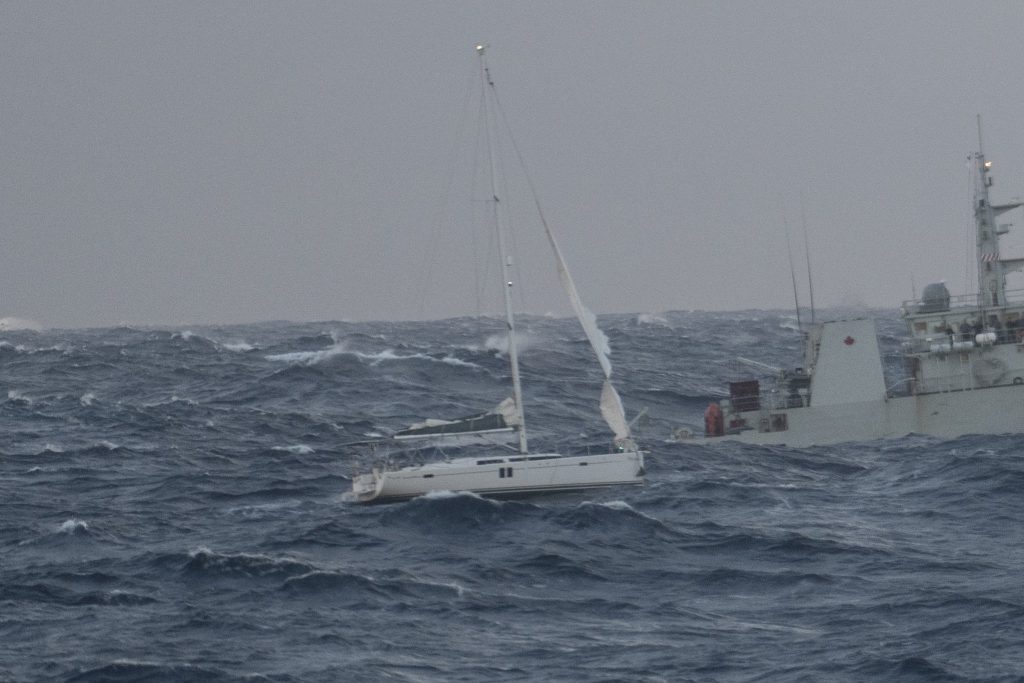
4 British men were rescued from a disabled sailboat last night, 250 nautical miles off Halifax. The 4 were hoisted off the sailboat, and flown to Halifax. The 45′ boat was in 21′ seas, with a 50knot wind (75KM/h) and looks to have a shredded Jib sail, and lost steering control.
The vessel is the Makena and was bound for Toronto, via the Canary Islands with an apparently professional delivery crew aboard. The owner had recently purchased the boat.
I have been told that the crew were under prepared, and lacked survival suits. Certainly others have questioned the wisdom of being in a sailboat, in the North Atlantic, In December. If the plan was to make Toronto, they would have encountered ice in the St. Lawrence river, and the pending closure of the locks above Montreal at the end of the Month.
CCGS Cape Roger, HMCS Summerside, HMCS Glace Bay, A USCG Aircraft and a vessel of Opportunity all responded.
While sailing home from an overseas deployment, #HMCSGlaceBay & #HMCSSummerside assisted #JRCC, #RCAF CH-149 Cormorant, @CoastGuardCAN Ship Cape Roger, and @USCG aircraft in rescuing 4 people stranded on a sailboat, 240 miles south of NS. #BravoZulu #ReadytoHelp pic.twitter.com/Yqz1bg6gyn
— MARLANT (@RCN_MARLANT) December 18, 2018
Today the province announced repair work on the CSS Acadia. From the Release:
The Provencal Government is making repairs to the only vessel still afloat to have survived the Halifax Explosion, the historic CSS Acadia.
The CSS Acadia is a national historic site that is permanently moored at the Maritime Museum of the Atlantic in Halifax. The 105-year-old steel-hulled ship also served in the Royal Canadian Navy during both World Wars.
Restoration work that is necessary to preserve the CSS Acadia will include repair of the deck and sub-deck and drydocking the vessel to repair the hull, electrical systems and ballast tank.
No word on the cost estimate, or who will be doing the work. I believe the only available facility in Nova Scotia able to accommodate the Acadia would be shelburne ship repair.
No tender notice has yet been posted, nor has a time line for the work.
The Cruise ship insignia arrived yesterday from Saint John. Due to Weather, they were unable to board a pilot to enter the harbour until 7:30 last night, several hours after they were scheduled to sail. The ship required bunkers, so it waited out the weather watch, tied up at pier 24, and fueled from the Algoma Dartmouth, finally sailing at 0300 this morning.
the Port of Sydney announced last night that the ship would be skipping the call there today, and is now sailing direct for Quebec.
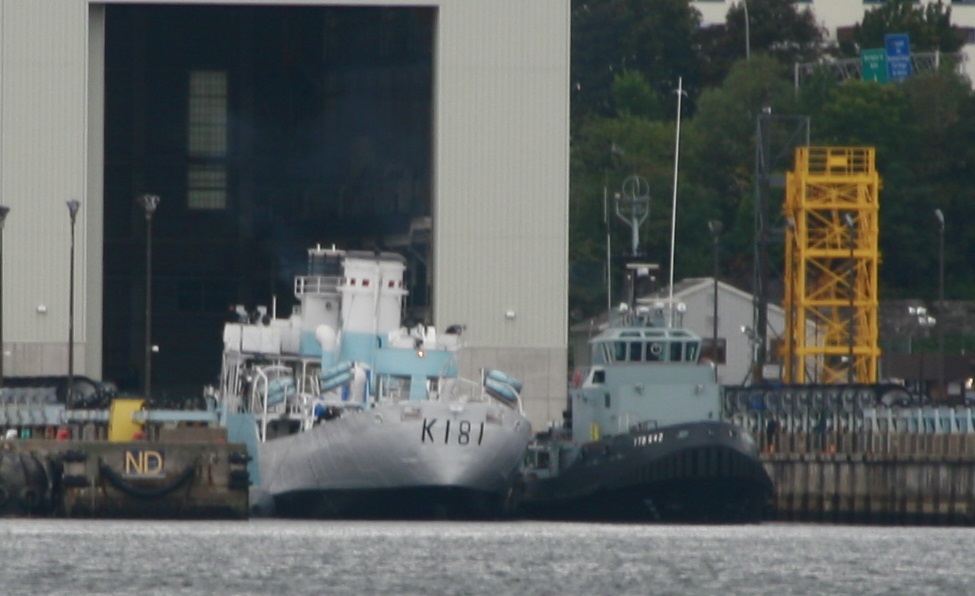
HMCS Sackville Re-entered the water this morning, and was floated off the synchrolift at the dockyard.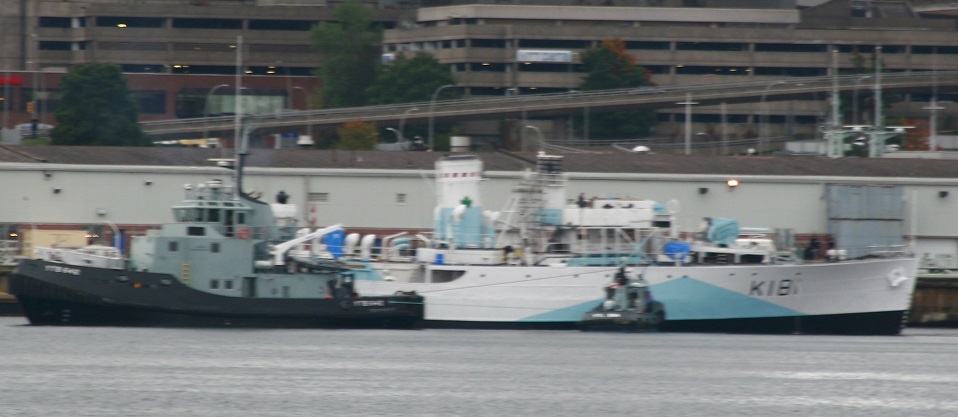
Today saw the successful relaunch of @HMCSSACKVILLE1 after her ~9 month long docking period. I’m working on an update of my earlier article in @WarshipsIFR on this subject. Great to see her afloat again! @RCN_MARLANT @HfxShippingNews #RCNavy https://t.co/FdWVEjoj7P pic.twitter.com/OtSXOKXTLr
— Sandy McClearn (@sandymcclearn) October 9, 2018
My first weekly column in the Herald covered the subject of cabotage, and applications for the coasting trade in Canada. Is something I plan to cover going forward in that venue, because the applications tell a story about the shipping business.
Coincidentally, Seafarers’ Rights International (SRI) released a large report on cabotage. The report, Cabotage Laws of the World, has identified for the first time ninety-one member states of the United Nations that have cabotage laws restricting foreign activity in their domestic coastal trades.
The report describes the history of maritime cabotage and traces a number of early rudimentary legal principles. It sets out examples of the many different definitions of cabotage that exist today at the national, regional and international levels as well as examples of the restrictions of foreign activity and their waivers in domestic coastal trades.
You can read the full report here.
“Many of these foreign workers made as little as $2.41 per hour while working in Canada”
Source: SHIPPING NEWS: Canadian ship owners manipulate cabotage rules | The Chronicle Herald
With the recent news of Cape Sharp Tidal’s troubles, it was interesting to see a report out of UK’s independent – about success in Scotland’s Tidal energy test site off Orkney. Orkney features a 4-5m tidal range, which equates to 12-15 feet, or around 1/3 of the Fundy Force test Sites Tidal Range.
The Scotrenewables Tidal Power SR2000 turbine, produced 3GWh in its first full year in operation, including over the winter. the turbine is designed to float on the surface, and moored in place, with an inverted windmill like structure to generate power.
to my eye – this looks like a relatively simple system to deploy and maintain. also Good news for Fundy Force – DP Energy Canada plans to test one of these devices here in the future, and may prove to be the Redeemer of tidal energy in Nova Scotia after the failure of OpenHydro, and the Cape Sharp Tidal Partnership.
The Cape Sharp turbine, currently installed in the Bay of Fundy by the troubled Open Hydro is a large Doughnut shaped structure, with blades on the inside is designed to sit anchored to the ocean floor.
 this appears to be a much more complex system, as the required sub sea infrastructure is significant, and all construction and maintenance activities require specialized barges, powerful tugs and divers.
this appears to be a much more complex system, as the required sub sea infrastructure is significant, and all construction and maintenance activities require specialized barges, powerful tugs and divers.
3 other Projects are also in the works.
DP Canada also plans to test a Anchored Monopole turbine – think of it as a wind turbine, but mounted on the sea floor. this option will likely run into the problems of the Open Hydro turbine, but the advantage to mounted turbines on the sea floor is that they are invisible on the surface, and potentially less problematic for surface traffic.
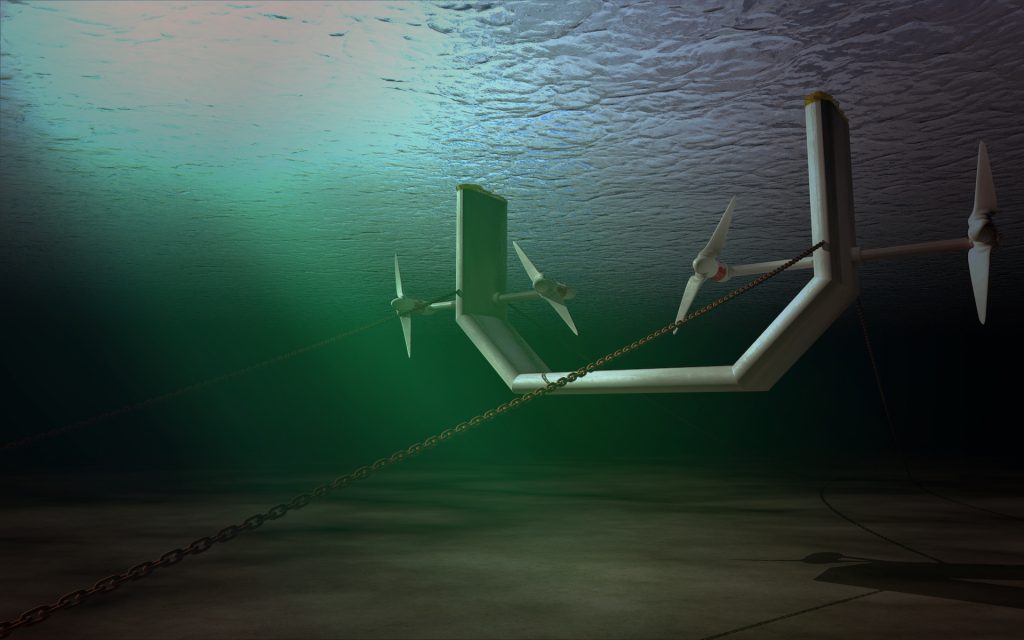 Minas Tidal is looking to deploy Tocardo generators on a semi-submersable frame, moored to the seafloor. (above) This project is very similar to what was done in Scotland – the turbine is in commercial use already, Each unit is rated at 250MW – the trick for them will be to find a configuration and logistical solution that works. the example above, deployment is accomplished by floating the entire assembly horizontally, then submerging it into the proper orientation.
Minas Tidal is looking to deploy Tocardo generators on a semi-submersable frame, moored to the seafloor. (above) This project is very similar to what was done in Scotland – the turbine is in commercial use already, Each unit is rated at 250MW – the trick for them will be to find a configuration and logistical solution that works. the example above, deployment is accomplished by floating the entire assembly horizontally, then submerging it into the proper orientation.
Sustainable Marine Energy or SME, is preparing a test turbine for installation in DIgby Neck. they also had a turbine installed at the Scottish test site. Black Rock Tidal is owned by the turbine maker, and is looking to commercialize this technology in Canada. SME’s project will deploy a PLAT-I tidal energy platform hosting four SCHOTTEL HYDRO SIT 250 turbines. this turbine is a moored floating structure, with the turbines placed in the water below.
the ultimate installation is project to look like the image below. Of note, the Plat-I test platform arrived on the Atlantic Sky, on July 4.